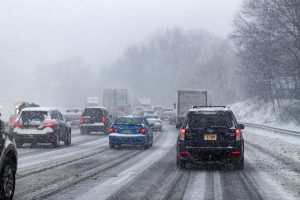Working for the Fire Service is most often linked with firefighters putting out blazes – but just as much work goes into preventing fires from happening in the first place.
Northamptonshire Fire and Rescue Service has its own Prevention Team to work on precisely that, and a big part of the team are the Home Fire Safety Advisors who visit people in their own properties to make them as safe as possible.
In 2021/22, more than 4,000 Home Fire Safety Visits (HFSV) were carried out. Approximately two thirds of these will have been done by fire crews out and about in their communities, but a third of them will have been enhanced visits for high-risk customers conducted by Home Fire Safety Advisors.
Dave Billing is one of seven such Advisors for NFRS and has worked part-time in the role since October 2017. Prior to this he had a 30-year career as a firefighter – mostly in Kettering – and helped to train future firefighters.
Dave will typically visit people and families who have been referred from a number of agencies, including EMAS, social services, family or friends, housing officers or associations, fostering agencies or Northamptonshire Police.
He said: “We carry out thousands of Home Fire Safety Visits a year, but what can’t be measured in numbers are all the fires that we have managed to stop from happening in the first place through the advice that we have given and the equipment that we have provided.”
With all customers, it is important to build a rapport and let them know that NFRS is there to support them and deliver advice that will help to reduce fire related hazards in their home.
One recent visit saw Dave advise a husband and wife, both of whom were in their late 80s and had been referred to NFRS by Age UK. One customer was unable to see and the other had a hearing impairment.
After showing his ID and being welcomed inside, Dave starts by carrying out a test of the smoke alarm and observing their response. He then makes a referral to a company that can help install specialist smoke alarms for people with hearing impairments.
In the meantime, he fits a new 10-year battery operated smoke alarm instead of the current alarm, which needs new batteries every 12 months. He also tests whether the Carbon Monoxide alarm is working and moves it to a more accessible place for the couple due to their mobility issues.
He also fits a new heat alarm in the kitchen, advising them to check regularly whether it is working by pressing the test/silent button using their walking sticks instead of climbing.
He tells them: “The most important thing I can do to protect someone is to fit smoke alarms, because it means you will know in the early stages if there is a fire. This will give you more time to get out.”
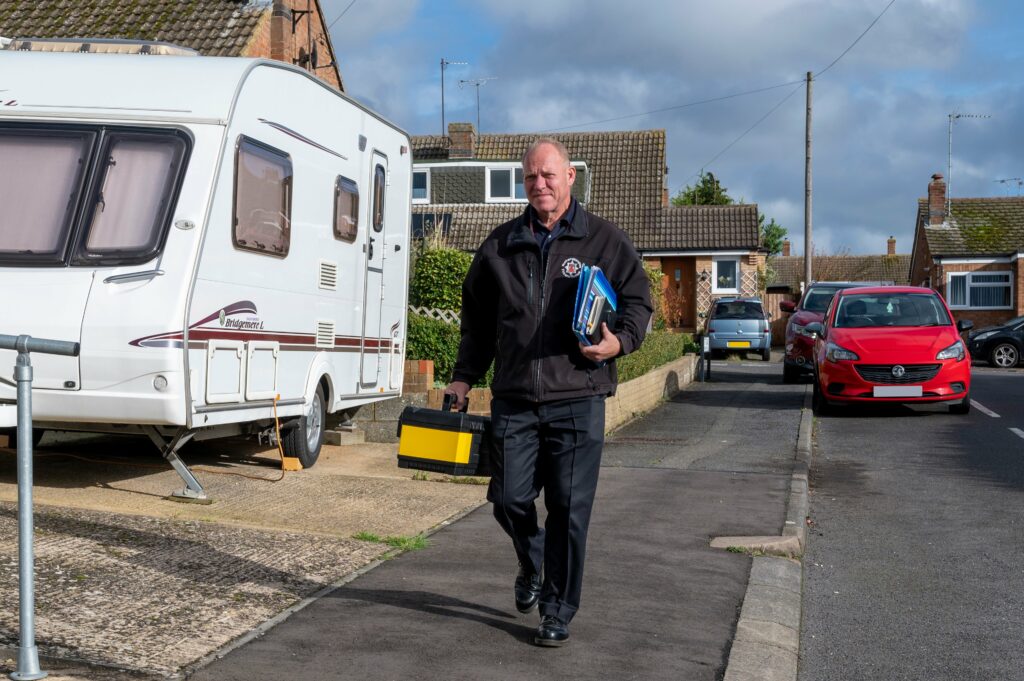
A typical home visit will involve Dave looking at the layout of the property and advising the occupants on their best escape route. He also asks whether they use electric blankets, light candles or smoke cigarettes. All three can prove big fire risks.
He also checks which gas or electric appliances they have and that their boiler is serviced annually. The Home Fire Safety team can do Winter Warmth referrals where they can be put in touch with experts to help them come up with the most financially viable way in which to safely heat their homes.
Some final checks at the property also reveal that one of the homeowners uses emollient skin cream. Dave explains that these contain paraffin products that can easily be ignited with a naked flame or cigarette. He leaves behind a leaflet that contains safety advice on emollient creams as well as all the other things such as electrical safety he has already discussed with them.
The visit appeared to go down very well with the elderly homeowners, who say they will donate to The Fire Fighters Charity in return for the free help, advice and products they have received from Dave.
He also takes down the details of a friend of the couple, a woman in her 90s, who has asked if NFRS will visit her too. This will be added to the spreadsheet to ensure that she also receives a HFSV, either from the Safety Advisors or a local fire crew.
It’s not just visits to elderly or vulnerable people that the Home Fire Safety team will carry out. They can also conduct visits alongside the Arson Task Force for people whose property may be deemed at risk of arson. This can include fitting safety devices such as a letterbox lock to make it harder to break in and enter, or pour flammable liquids through the letter box.
As part of the Enhanced visits that Home Fire Safety Advisors deliver, onward referrals to other services are a regular action to help ensure people have the support in place that they need. Often these referrals are to social services where there is a need for care and support.
Dave adds: “It’s definitely a rewarding job, and what is most important is that we’re helping to make people safer in their own homes.”
If you would like to refer yourself, a friend or a family member for a Home Fire Safety Visit, this can be done on the self-referral form here: Fire Self-Referral Form
Or you can complete your own fire safety check online, which can be found here: Complete your own Safety Check at Home
Alternatively, you can also phone 01604 797 000.
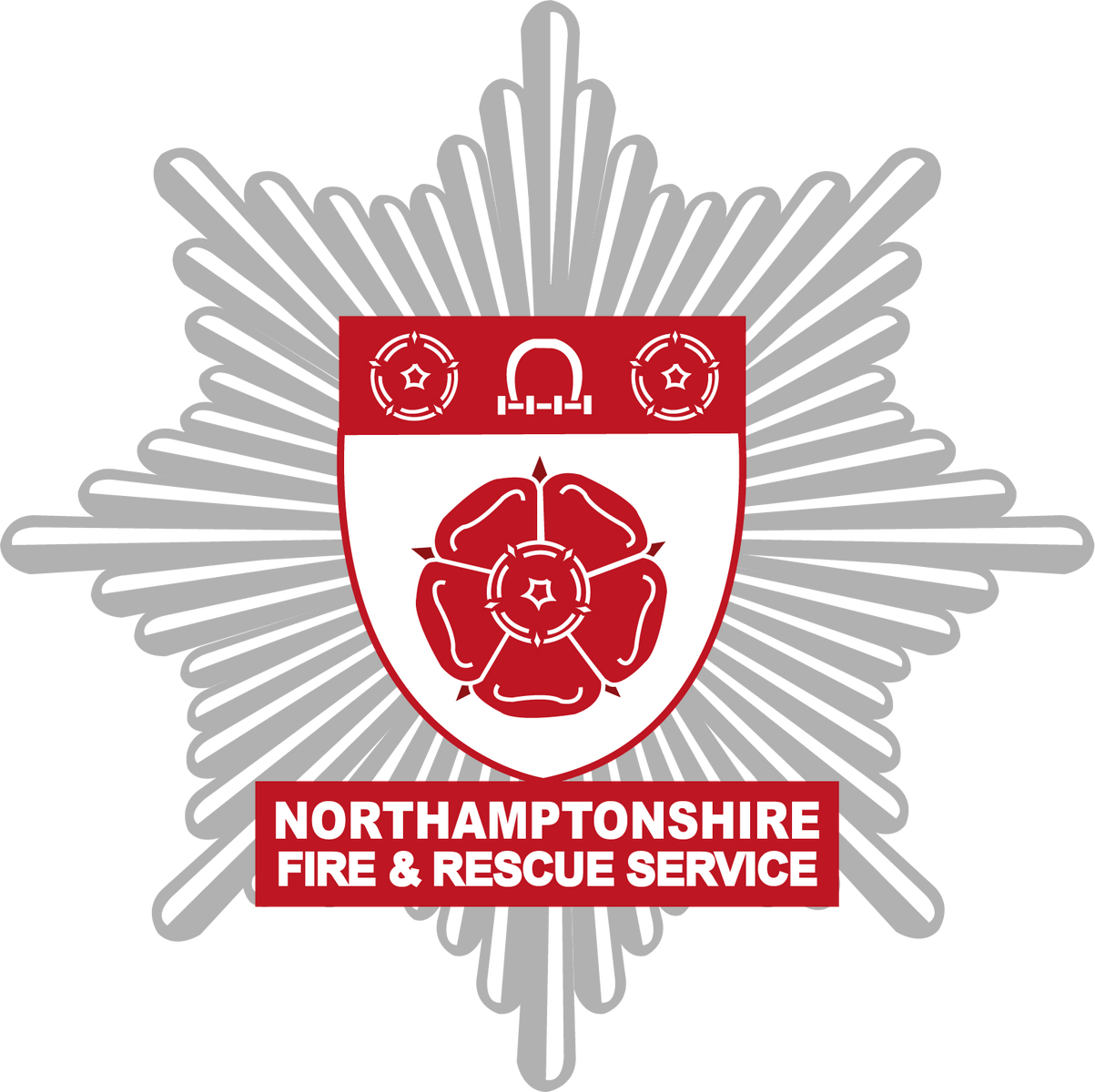

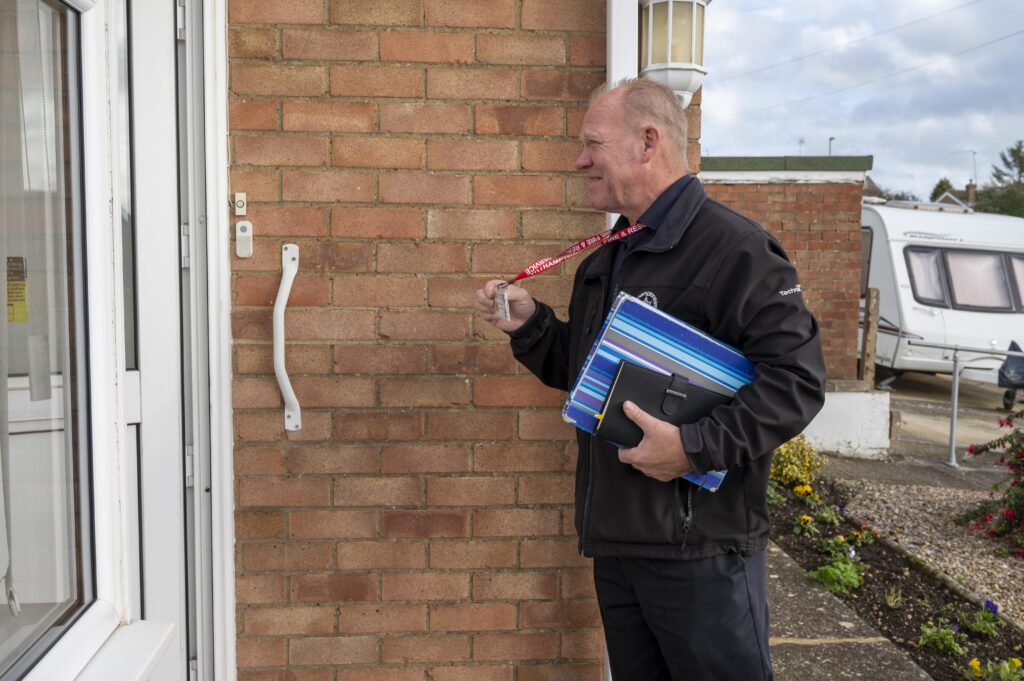

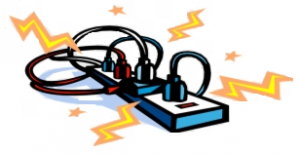



 Fire Risk Assessment (worked example for House in Multiple Occupation (HMO)) (PDF 389KB)
Fire Risk Assessment (worked example for House in Multiple Occupation (HMO)) (PDF 389KB)